Mycrene: What is it?
From the simplest family of terpenes – the monoterpene - myrcene is found not only in cannabis, but also in mango, hops, thyme, bay leaves and cardamom, to name a few, as well as in numerous other plants. An excellent natural and organic hydrocarbon, it is formed during photosynthesis. When terpenes and essential oils are distilled from cannabis, studies have shown that myrcene is present in amounts ranging from 40% to 65%. It has a somewhat earthy, musky and/or spicy aroma, with sometimes even a hint of cloves.
Myrcene also happens to be one of the terpenes found most abundantly in cannabis. In Holland, for instance, the government has approved several varieties of cannabis, which include Bedrobinol, Bedrocan and Bediol. Analysis was done on each variety of cannabis and the vapours that they released, using a "volcano" vaporiser technique.
The 5 most commonly found compounds in cannabis vapour were:
Bedrocan: THC, terpinolene, cannabigerol (CBG), myrcene and cis-oxime
Bedrobinol: THC, myrcene, CBG, cannabic-chromene (CBC) and camphene
Bediol: CBD, THC, myrcene, CBC and CBG
As can be seen, the analysis demonstrates that myrcene is actually one of the most common and important terpenes in cannabis.
What is Myrcene Used For?
As with many of the terpenes found in cannabis (and other plants) myrcene can be used as natural flavour and aroma enhancer in innumerable products. The small amount of myrcene in beer, for instance, are what can give it a pleasant balsam and almost peppery aroma. In fact, it is often an intermediate compound used by the perfume industry to combine with other scents to produce other aromatic blends.
What are the key properties of myrcene?
Recent research has highlighted some interesting and unusual properties that are frequently found in myrcene. Cannabis users may find it especially interesting that myrcene also has sedative as well as analgesic, anti-inflammatory and muscle-relaxant effects. Studies that have examined the sedative qualities of myrcene on mice, and have found that myrcene exhibits motor (muscle) relaxing and calming effects. It is also shown to affect sleep; whilst it did not cause sleep to occur any faster, it did increase the length of sleep time in test subjects.
As an Anti-Inflammatory
Researchers of osteoarthritis have studied myrcene for its potential effect on this debilitating disease. The results showed that myrcene demonstrated significant anti-catabolic and anti-inflammatory effects on human chondrocytes and therefore, as it may help stop or at least slow the progression of osteoarthritis and cartilage death, further investigation is certainly called for.
This research is both important and significant, because there are no traditional "cures" at present for osteoarthritis. Therefore, any research which is able to highlight something which could potentially slow down the diseases’ degenerative effects is of enormous value and interest. That researchers repeatedly show myrcene to have a significant anti-inflammatory effect is indicative of the fact that it could potentially play an extremely important one in the ongoing battle against osteoarthritis.
Myrcene as an Analgesic - Its Relationship with Lemongrass
Cannabis users often consider cannabinoids to be the main element within the plant to reduce pain. However, a recent study suggests that myrcene alone can also reduce pain. This supports anecdotal evidence as well as herbalists’ reports that products such as lemongrass tea (the main ingredient of which is myrcene) helps relieve pain. Interestingly, it often turns out that traditional herbal remedies rest on a solid scientific foundation.
Does Mango Increase the Effects of Cannabis?
Mango contains myrcene, and this has led many a cannabis user to question whether consuming mangos can increase or enhance the intensity of their high? Myrcene is absorbed into the body’s bloodstream when, for instance, inhaled into the lungs via a cannabis vaporiser. Myrcene absorbed from eating mango, however, must first undergo digestion in the stomach before any myrcene is released into the system and thus to the bloodstream. This can take upwards of one or two hours, depending on an individual's own metabolic rate. In practical terms, this would require one to eat the mangoes 1 to 2 hours prior to consuming cannabis, and then having to hope that the timing worked out.
Thus, it would be inaccurate to expect something like ingesting mango to significantly intensify the effects of cannabis, but it is able to modify and give a slightly different experience of the high. One can expect smoother and calmer feelings, but it will not rival the high of the most potent cannabis.
Myrcene and Home-Grown Cannabis
The advantage of cannabis grown at home, feminised or from auto-flowering seeds, is the vastly increased control the grower has in terms of the plant's genetics, the way in which the buds are cured and the plants cared for. Sometimes, cannabis sold by certain less scrupulous dealers have been cured too fast, which can then result in the buds becoming stale tasting and too dry. Dry buds with a reduced terpene content are frustrating because they will not only lack sufficient flavour, but will almost always be less effective as well. Cultivating one's own cannabis allows increased care and focus on quality over speed of output.
Myrcene and LED Cannabis Cultivation
Growers who opt to use LED lighting within their grow rooms, together with lower ambient temperatures, often find that they have more terpene left in the bud, instead of it being lost to carbon filtering. Producers with dimmable spectrum LEDs are able to provide illumination for the plants with exclusively pure blue light over the remaining few days of the plants’ growth cycle. This is referred to as "Blue Light Treatment" and is a popular choice amongst professional growers. This is because when switching to blue light from red light at the tail end of the plant's bloom, the plant’s photosynthetic focus shifts from flowering to terpene production.



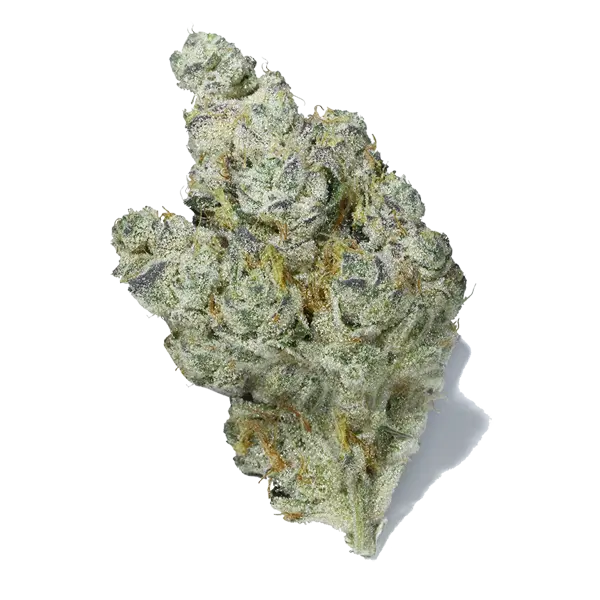
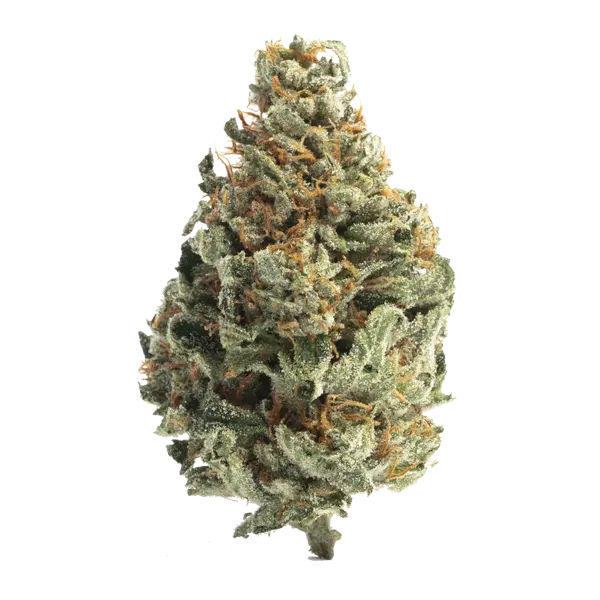
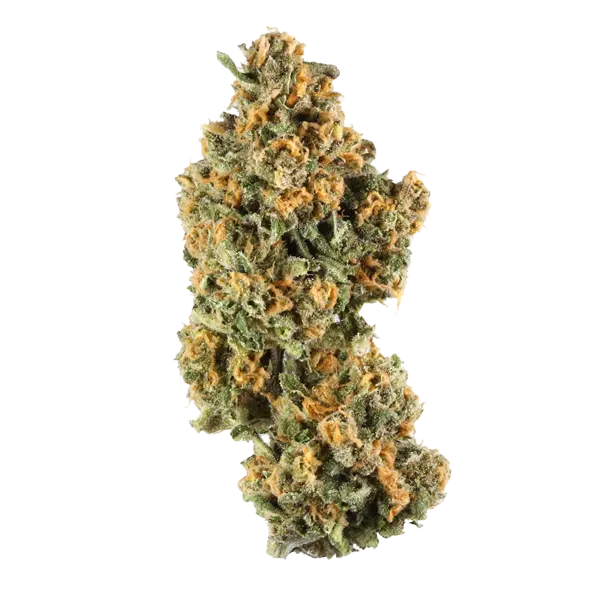

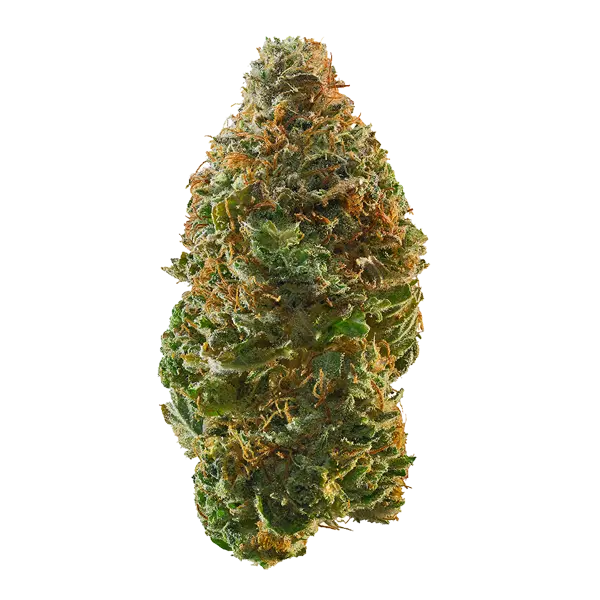

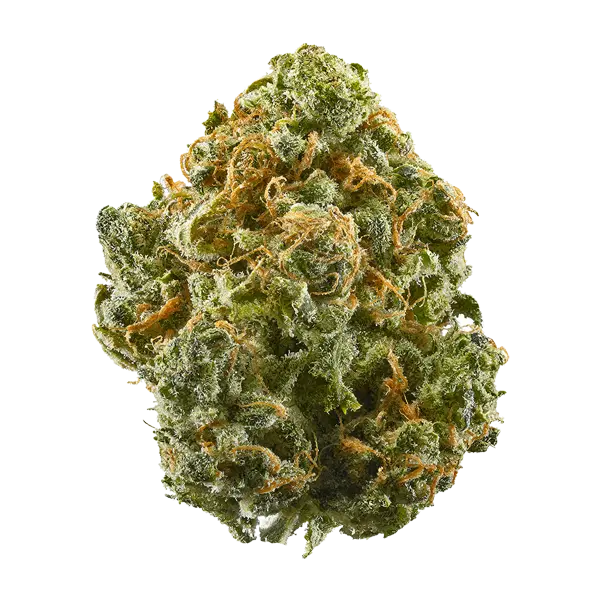






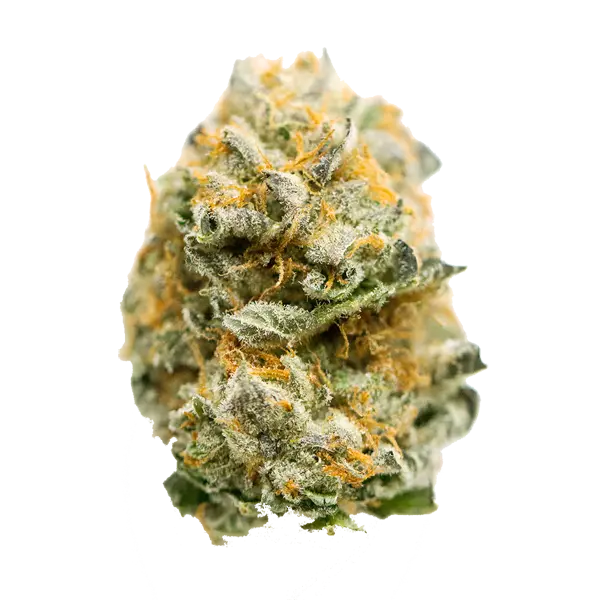
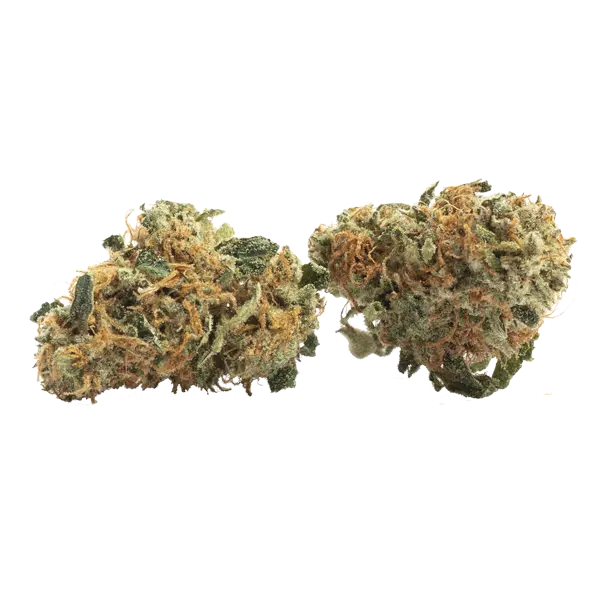
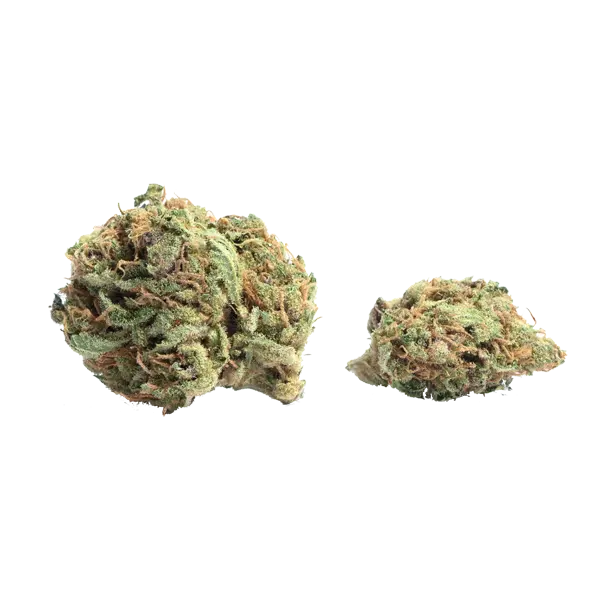







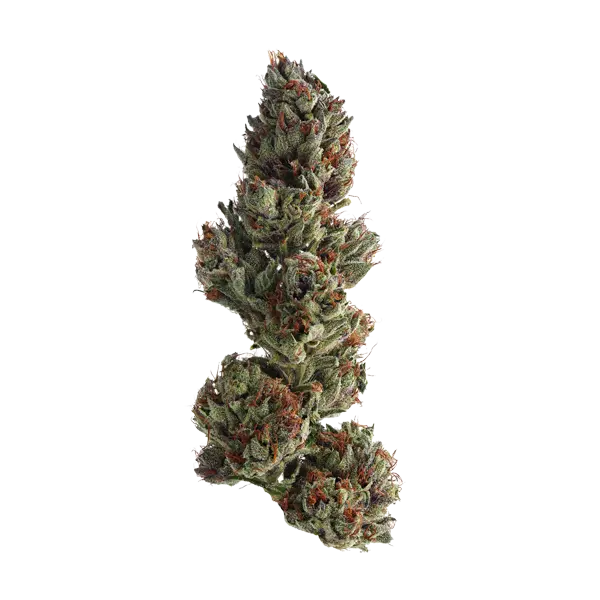



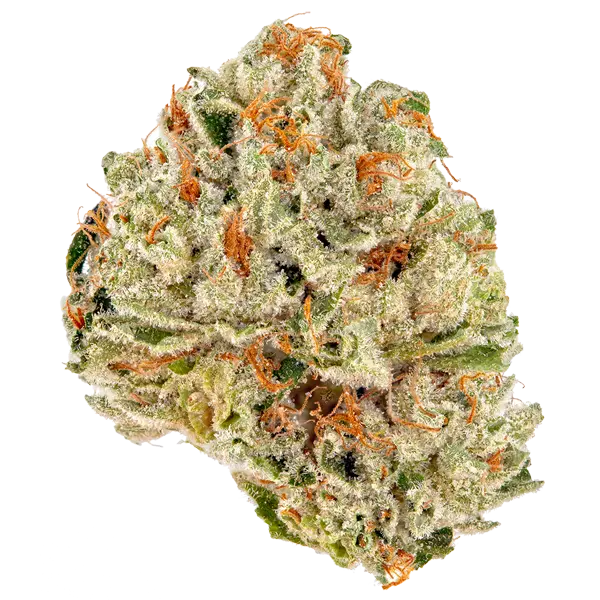
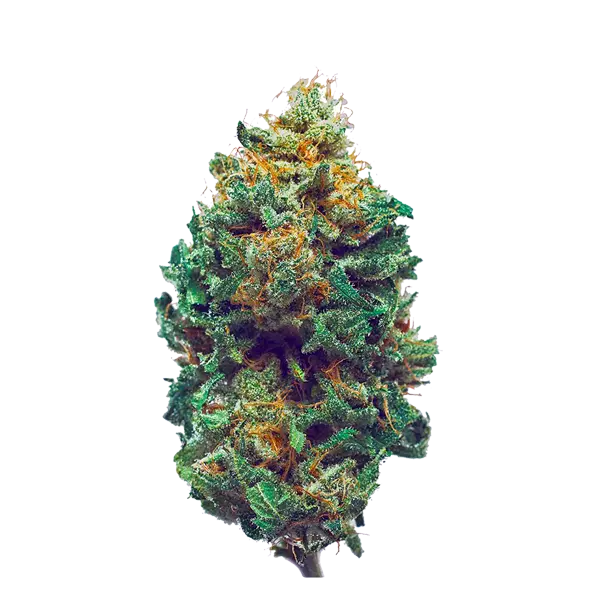
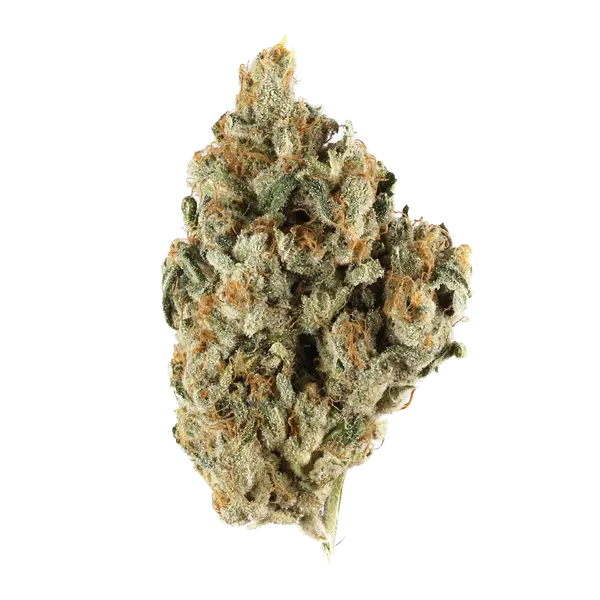

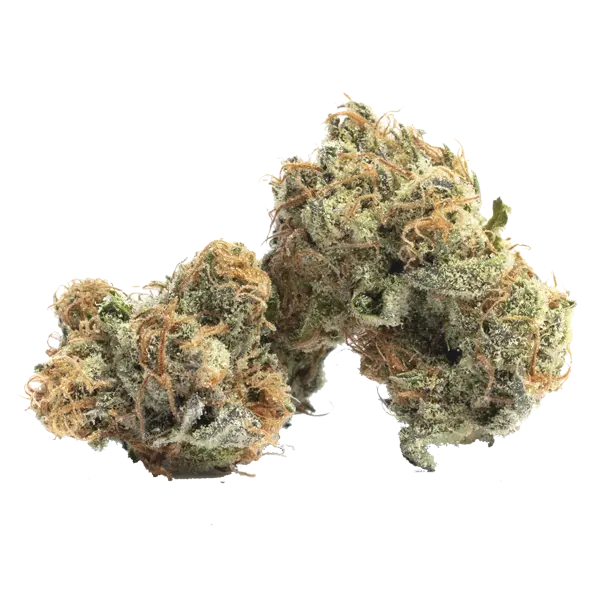
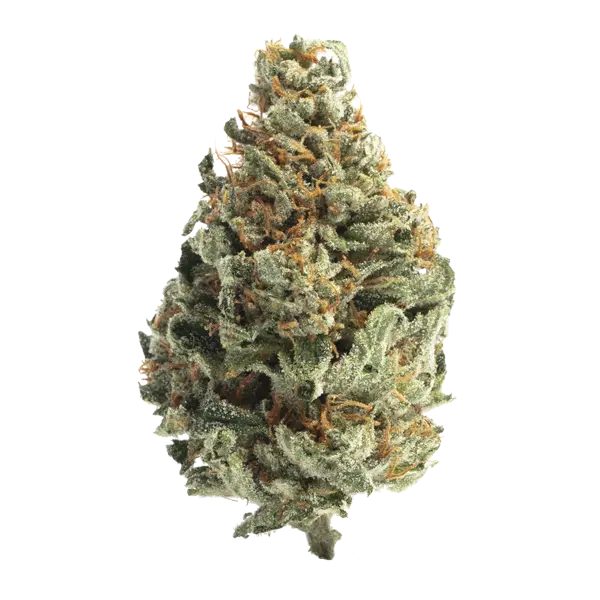
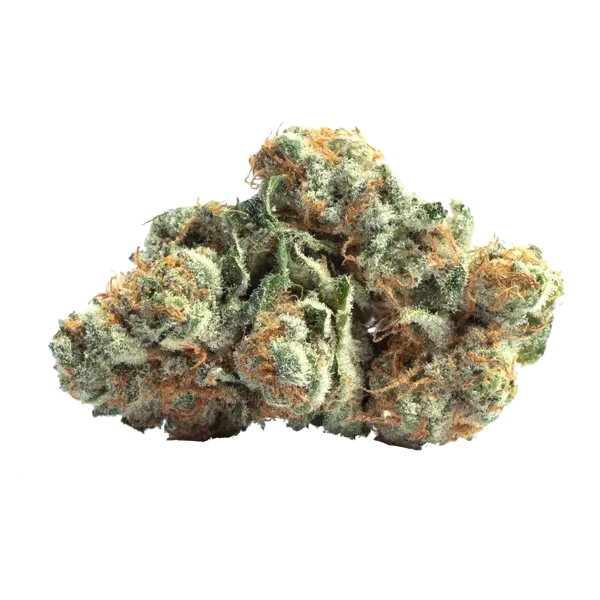
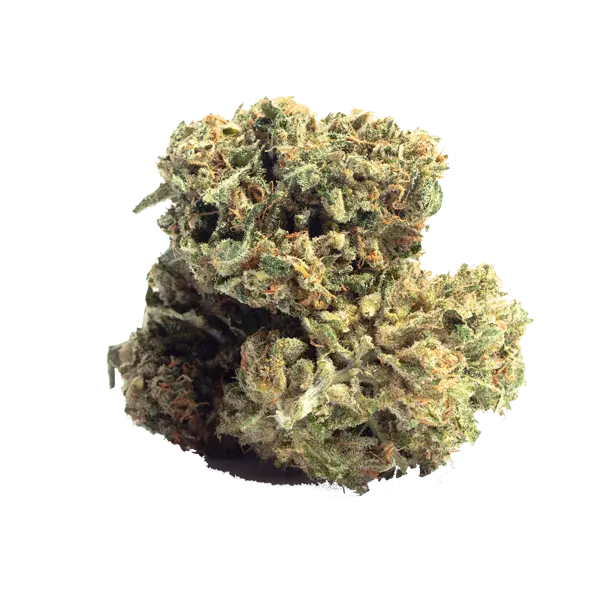
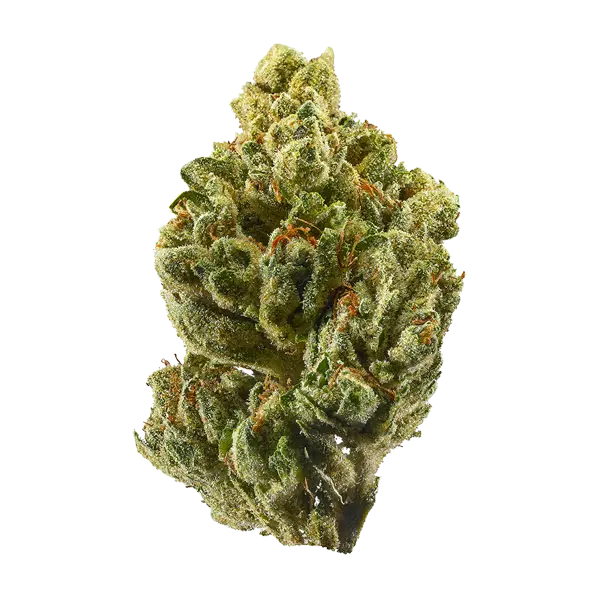
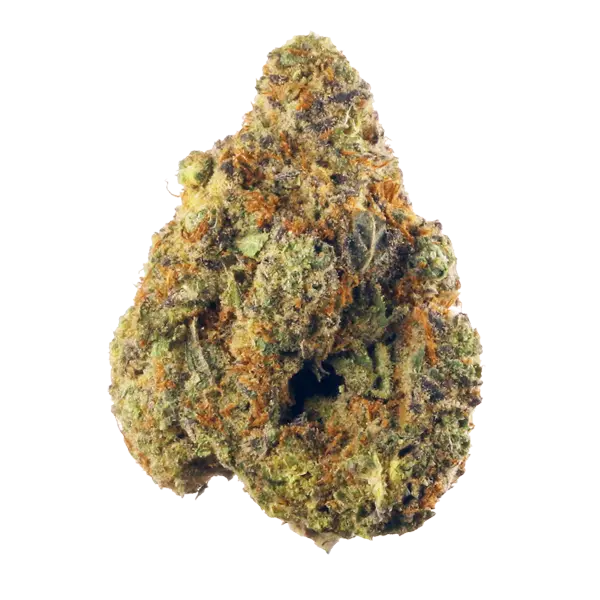
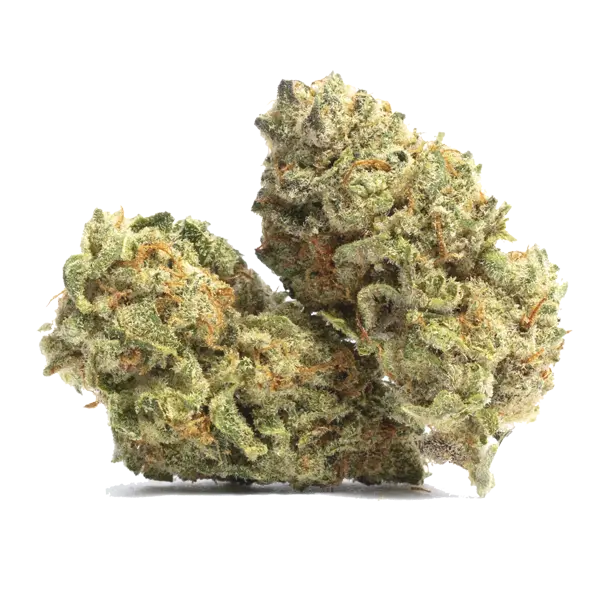
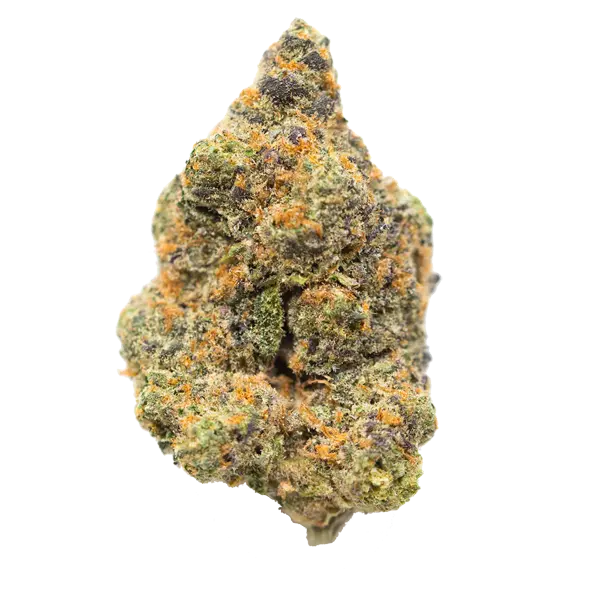

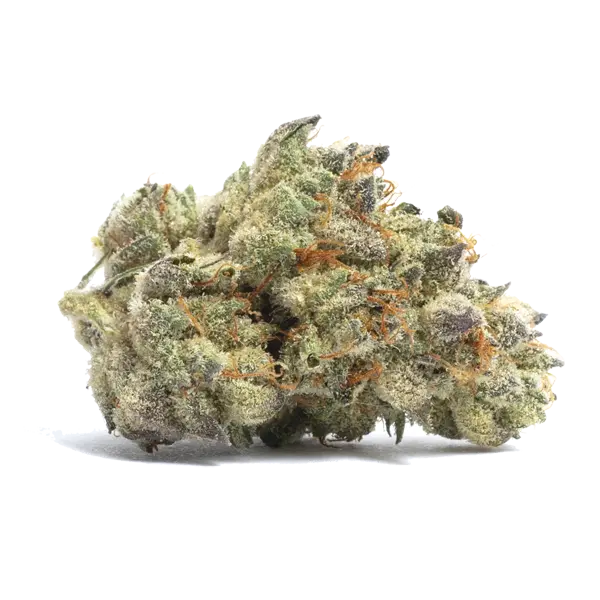
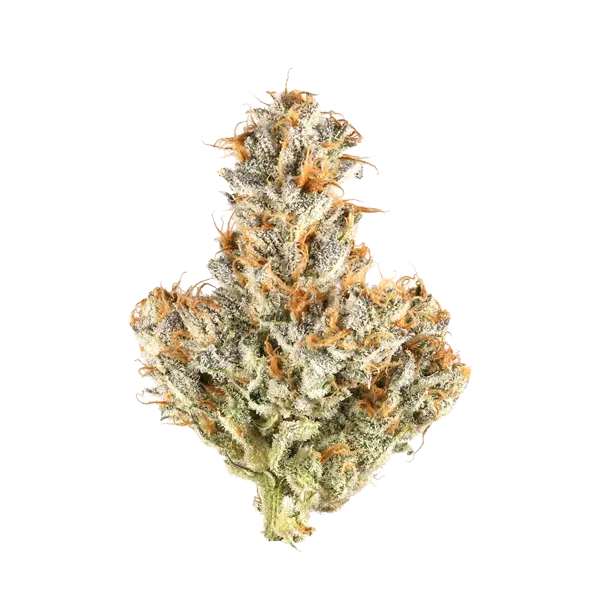



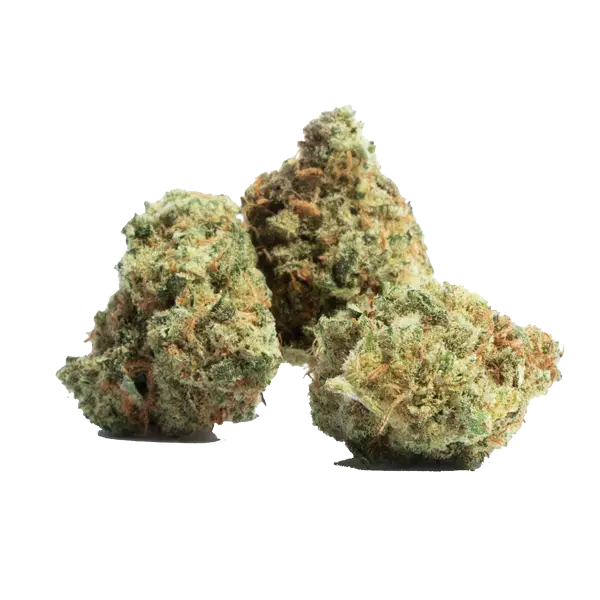
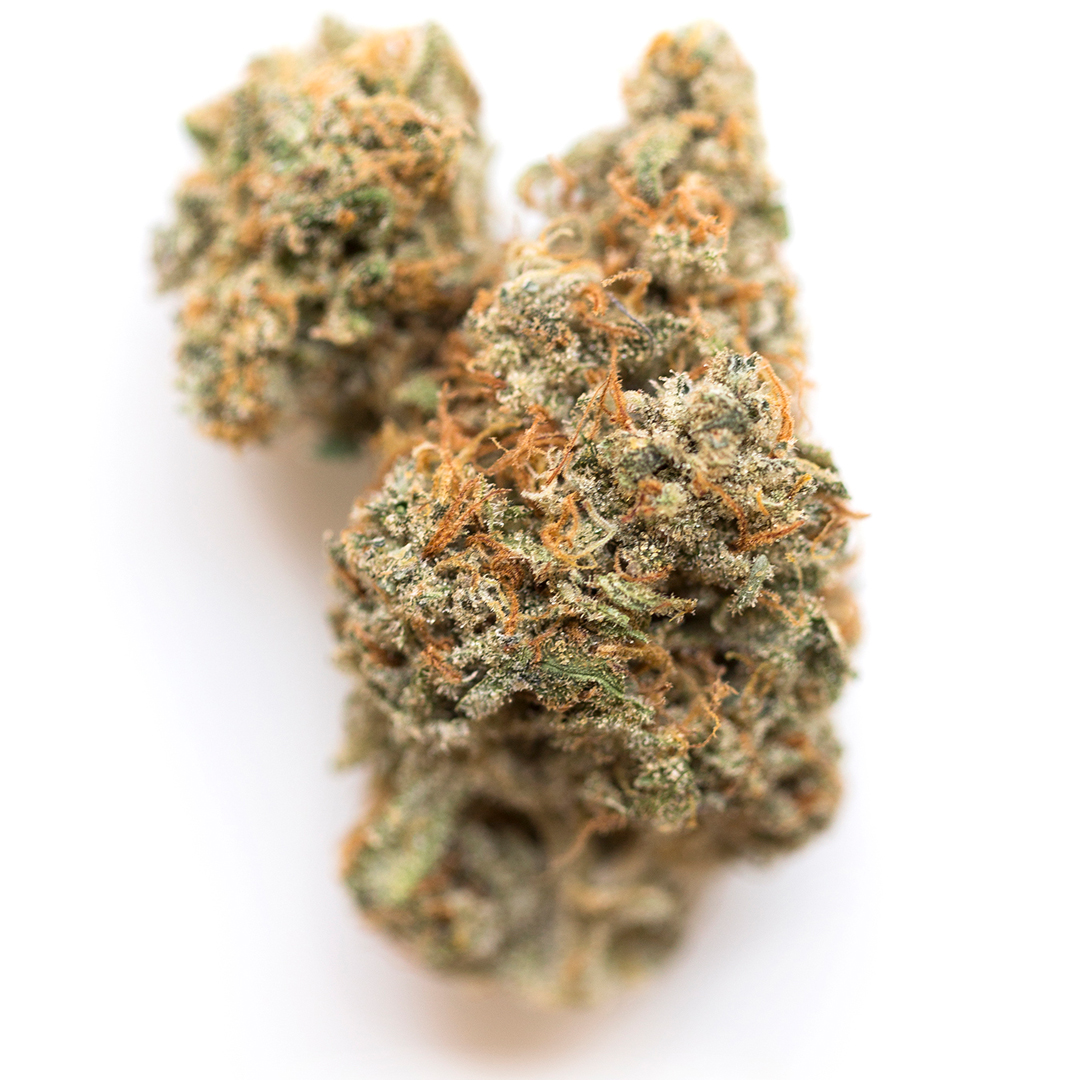















 What Is Skunk?
What Is Skunk? Why do we call marijuana “marijuana”?
Why do we call marijuana “marijuana”?








